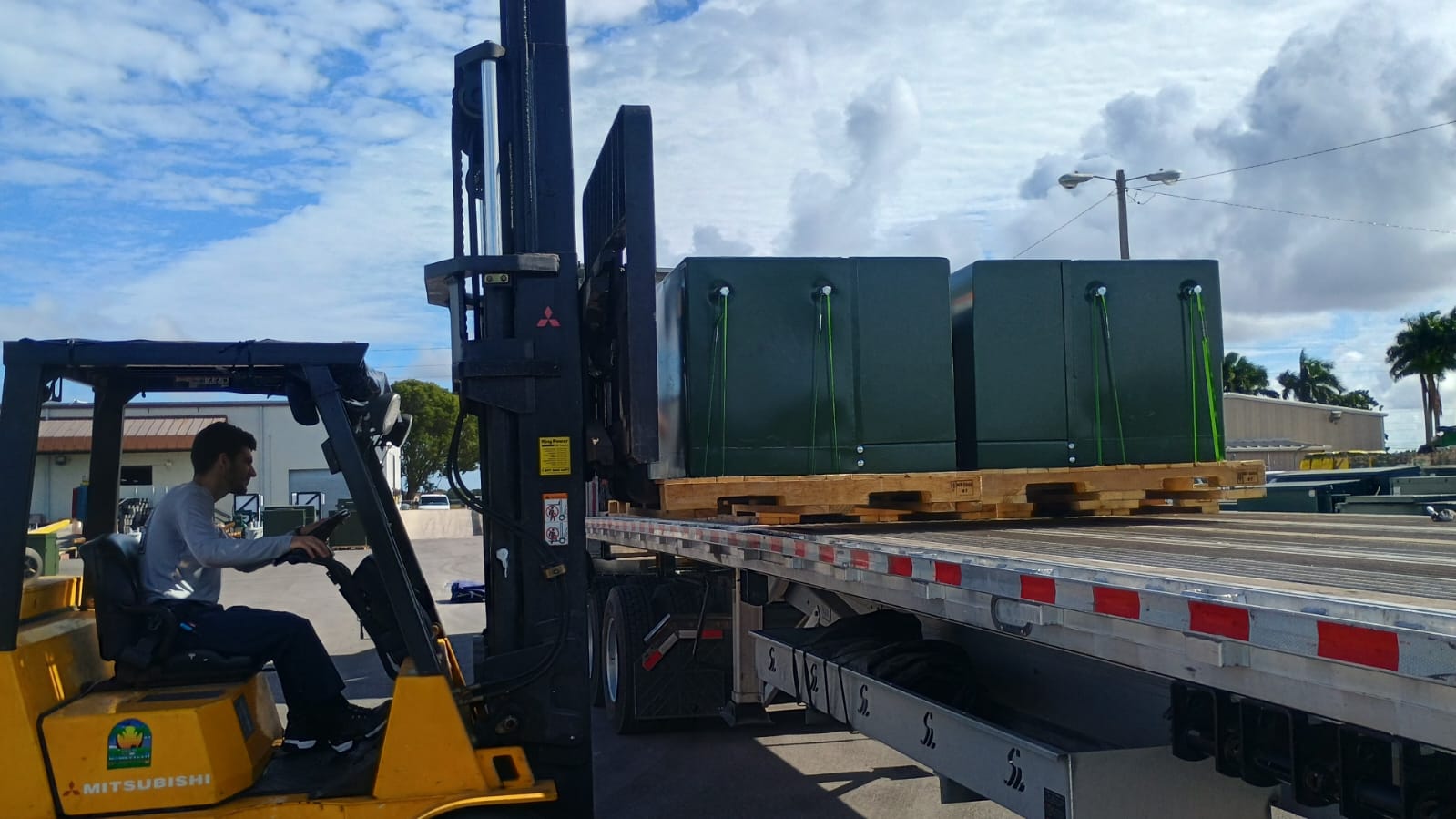As urban populations continue to grow, the concept of the smart city is no longer futuristic—it’s already becoming a reality in places like Austin, Texas and Chicago, Illinois. These cities are integrating advanced technologies to manage traffic, energy, public safety, and infrastructure more efficiently. At the core of this transformation lies a critical component: the electrical grid.
To support the dynamic and data-driven needs of smart cities, the electrical infrastructure must become more flexible, responsive, and interconnected—and transformers play a pivotal role in enabling that evolution.
1.Smart Cities Need Smarter Grids
A smart city operates on a digital backbone. It uses sensors, real-time data, and automation to make better decisions and optimize energy use, especially during peak demand or emergencies. This requires a power grid that can:
- Adjust instantly to fluctuating load
- Communicate with connected devices and systems
- Integrate with renewable energy sources
- Ensure energy reliability and resilience
Traditional transformers, which were designed for static and predictable load environments, must now evolve into smart transformers that can adapt to rapid changes in energy demand and generation.
2.Transformers Must Be Flexible and Connected
To support smart city functions, modern transformers are increasingly:
- Digitally enabled: Equipped with sensors for real-time performance monitoring.
- Remotely controlled: Allowing utilities to make adjustments without on-site visits.
- Load-responsive: Capable of adapting to changing loads, such as EV charging stations or smart buildings.
- Grid-interactive: Designed to communicate with SCADA and smart grid platforms.
These features are especially important in high-density urban environments, where power demands can shift rapidly and grid outages have broad impacts.
3. Integration with Distributed Renewable Energy
One of the key pillars of smart cities is sustainability. Rooftop solar panels, small-scale wind turbines, and battery storage systems are becoming common in both residential and commercial buildings.
To manage distributed generation, transformers must:
- Handle bidirectional power flow (energy going into and out of the grid)
- Maintain voltage stability during peak solar production or sudden drops
- Work seamlessly with microgrid systems and smart meters
This is particularly relevant in places like Austin, where renewable adoption is growing quickly and energy independence is part of the city’s innovation strategy.
4. Case Examples: Austin and Chicago
- Austin, TX: The city has launched programs like Austin Energy’s Smart Grid initiative, which includes deploying smart meters, integrating renewables, and piloting vehicle-to-grid (V2G) projects. Advanced transformers play a role in adapting to high levels of distributed solar power.
- Chicago, IL: Through the Smart Grid Modernization Program, ComEd has upgraded transformers and distribution networks to support smart lighting, real-time fault detection, and energy efficiency programs for residents and businesses.

These examples show how transformers are becoming more than just static hardware—they’re now intelligent assets in a responsive, resilient system.
In Sumary
The smart cities of the future will rely on electrical infrastructure that can think, respond, and evolve. Transformers will need to do more than transfer voltage—they must become agile components that support real-time data, renewables, and automation.
United TRS Electric: Ready for the Future
At United TRS Electric, we’re helping power the cities of tomorrow with transformers that are built for smart grids. Our solutions are designed to integrate monitoring systems, respond to variable demand, and support distributed energy generation.
→ Contact our team today to explore future-ready transformer solutions for your city or project.
sales@unitedtrselectric.com 214-876 0184

